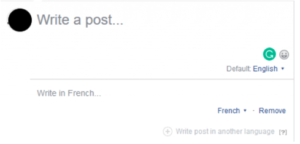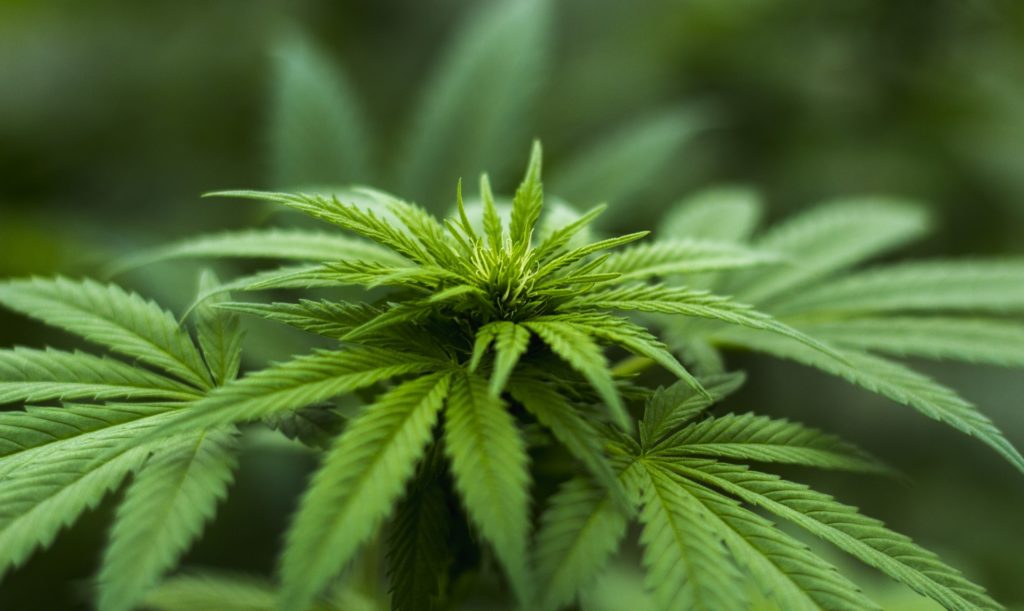Canada just became the second country in the world, after Uruguay, to legalize cannabis nationwide. While implementation of legal cannabis will be largely left to the provinces and territories, there remains a strong, unified national movement around cannabis as it settles into our communities and cultures.
It’s important that all Canadians feel included in, and informed about, legal cannabis.
French-Speaking Cannabis Users in Canada
Health Canada reported in 2017 that 4.9 billion Canadians were using cannabis for both medicinal and recreational purposes, spending over $5.9 billion on cannabis that year. On October 17, legal cannabis will be available across Canada, where anyone of legal age can purchase high-quality cannabis from a licensed storefront dispensary or through online mechanisms.
These developments make some important questions arise: Are both of Canada’s official languages used enough, and officially recognized, within the cannabis community? Are national efforts to communicate about cannabis reaching the 15% of Quebecers who declare that cannabis is part of their lives? Is Canadian cannabis leaving French-speakers out?
7.2 million Canadians are Francophone, with almost 80% of Quebecers citing French as their first language. French is still a thriving language in Canada, with it being spoken in important pockets outside of Quebec including in Ontario and New Brunswick.
While retail approaches are provincial and expected to follow consumer guidelines for including French on products, the national movement of embracing cannabis into our communities, health, and lifestyle must not be exclusionary of French-speaking Canadians.
Whether it’s a cannabis brand, a storefront, or cannabis lifestyle community, those serving anyone in this celebratedly bilingual country with cannabis have some important considerations for French-speaking inclusivity. These include:
Packaging and Labeling
Packaging and labeling of legal cannabis products are restrictive in that brands are not permitted to use bright colours or images that could attract young people, and they must contain essential information to meet the standards of packaging and labeling for the country and province.
All products in Canada must include a minimum of information that is presented in both English and French. For instance, the warning label for a cannabis product must be presented in both English and French (“Warning” and “Mise en Garde”). Warning messages about products must be presented in English and French and given equal prominence and visibility; these warning messages are to be presented alongside each other with 3pt spacing between the English and French versions.
Health Canada must appear on packaging in both English and French.
Other important packaging and labeling information that must be presented in English and French include: Product type, “Keep out of the reach of children” language, Licenced Producer name, packaging date, date of expiry, net weight, number of units, weight of each unit, carrier oil information, and the amount of THC and CBD present in a particular volume.
If a company’s logo has been designed in both English and French forms, both logos are to appear on packaging.
Customer Service and Budtending
There is a reason you will often see the large Licenced Producer (LP) companies in Canada hiring for bilingual customer service agents. These LPs have recognized the necessity to be able to provide people with information about products and substances in languages other than English.
Since cannabis is something that affects the health and wellness of those who consume it, consumers should be able to access information, dosage advice, and suggestions for methods of consumption in one of two of the official languages of Canada.
Your whole staff doesn’t need to be bilingual, but you can take steps to ensure that your retail store is able to serve French-speaking customers who will prefer to dialogue about their cannabis purchase in the French language.
Social Media
For agencies looking to increase their bilingual exposure, there are a few easy hacks available to make it possible. Facebook, for instance, allows you to write posts in the English language, but choose to have your post translated, and posted, into other languages like French for those who have opted French as their language of choice.
The following controls are contained within Facebook page “Settings”:
![]()
When you create posts, you can designate the language that it will be translated into:

One major caveat: At this point in time, the quality of these automatic translations is not guaranteed and is often on the low side. Therefore, if only an extremely small percentage of your audience (i.e. 1%) is likely to be Francophone, this feature may be a reasonable, cost-effective option for you. If you are meticulous about your brand image and serve a bilingual audience, your best bet is to have a professional translator manually translate the copy. Social media posts usually have a low word count, therefore the cost for this service is generally affordable for businesses of all sizes.
Instagram is another place where companies can use imagery and photography to engage their audience rather than solely through words. Using posting in both languages, and using hashtags (#) containing French cannabis-related words and phrases rather than just English words, you can reach a new audience of consumers who are specifically looking for cannabis companies that engage in French.
Brand Engagement
Building brand recognition involves taking your brand out to as many events as possible to get out to meet potential consumers as well as other cannabis businesses.
National and international cannabis business events are a great way to promote your brand to both English and French-speaking communities. By purchasing a booth at important industry events like MJBizCon Int’l, or annual events like O’Cannabiz, your brand can use bilingual marketing to model the way for French-language inclusivity. In addition, these events offer opportunities to speak to the wider cannabis audience. Use these opportunities to shine a light on the continued need for bilingual communications in Canadian cannabis.
If you are an English brand, don’t forget that there are French-speaking Canadian publications that reach exclusively French-speaking readers. Ensure that you’re not only building relationships with English speaking media representatives, but also the French publications as well. Use the power of storytelling, in the French language, to engage audiences beyond just English-speaking Canada.
Cannabis Education
One of the responsibilities of the legal cannabis industry is to ensure that cannabis is being sold alongside adequate education about dosing, safe consumption, and how to ensure a cannabis experience is a positive one.
Cannabis stores many of the times rely on digital menus and display media to convey important information about cannabis. While different provinces will have different requirements about bilingualism, go the extra mile by offering French translations on a different screen, or alongside the English language material.
Printed materials that offer information about cannabis should also be accessible in French language, so to ensure that no cannabis consumer is left without the proper information to accompany their cannabis experience. Printed materials can simply have a French-translation on the backside, or French versions can be offered alongside the English versions.
Could your cannabis business benefit from bilingual communications? At WordFrog Inc., we help companies that do not have in-house resources develop their French-language content, opening them up to a new clientele. For more information or to receive a free, no-obligation quote, please visit www.wordfrog.ca

